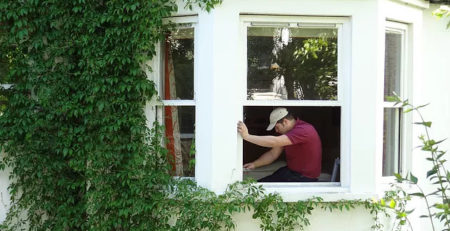What The Romans Did For London Drainage And Water Supply ‘ Chasing First-Rate Hygiene
Many individuals may not understand what the Romans did for London drainage and water supply as much of the systems they installed were not used once they quitted the area.
The Romans were very well known for several things including the use of aqueducts to supply water and their waste management system. Much of the systems used by the Romans are very similar to today’s sewer system.

The elaborate system that was used in Rome was also used in cities throughout the empire. Hygiene is very important and Hadrian’s Wall actually contains the best example of latrines used by the Romans. The army in particular followed exceptionally good hygiene.
Much of the drainage system that was set up in London was built side by side with the Roman road system. Each road that was created also had a drainage ditch running alongside it. This was necessary for the road to Roman in use otherwise the lack of drainage world cause things to collapse.
Many of the Roman roads are still in use today or were used for the current road system in England. The Romans also imported their bathing system and every roman villa had at least one Roman bath.
Land near the sea was also drained, or drainage was attempted, to make that land usable for agriculture. One particular tricky spot is the Fens. This was once a forest but has since become a swamp. They built large catch water drains to attempt to drain off the water and they also constructed large sea walls to stop the ocean from overtaking the land they were trying to drain.
Many individuals are unaware of the excellent drainage system that the Romans installed because it was not used after they left the country and disease and plague spread during the Middle Ages. Proper sewage and sanitation did not occur for many, many years after this time and the systems that were put in place were similar to the Roman and Greek systems.



Leave a Reply